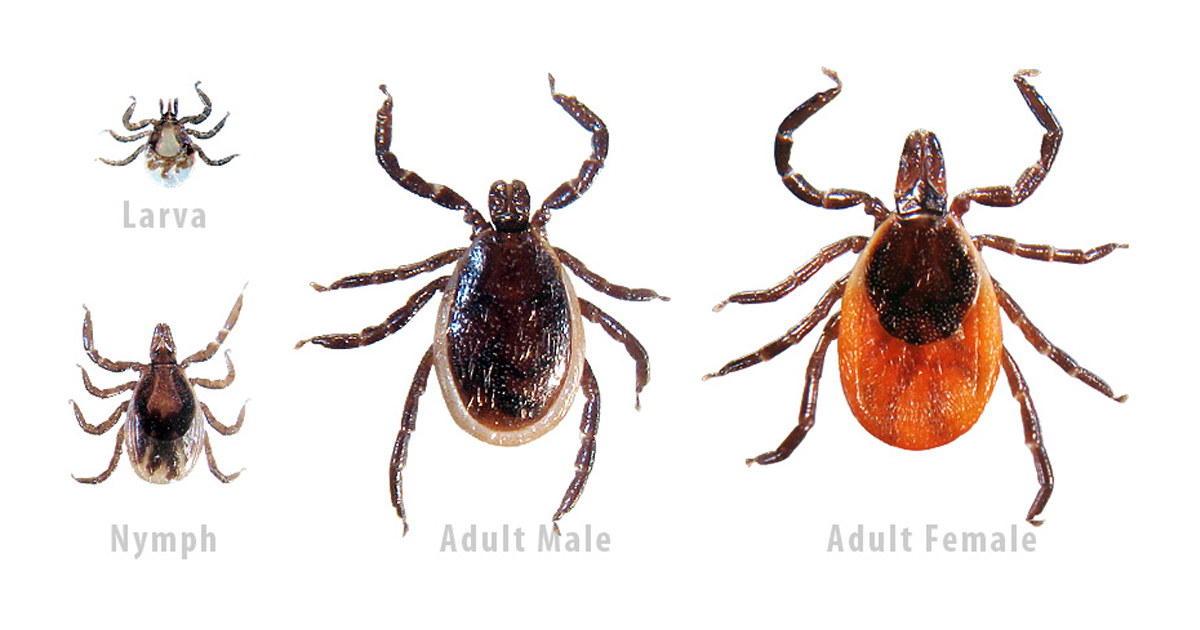
Tick Talk
Let’s talk about ticks. You know … the tiny, blood-sucking monsters that lie low, clinging to brush and tall grass, just waiting for innocent victims to feed on. It’s nothing short of a summertime horror story!
More seriously, though, ticks carry diseases—specifically, Lyme disease.
Soley transmitted to humans through the bite of blacklegged ticks, Lyme disease and other tick-borne illnesses can be prevented by preventing tick bites. Here are a few tips from the Centers for Disease Control and Prevention (CDC) to share with your groups while enjoying the great outdoors on your travels.
Know what you’re looking for.
Ticks are arachnids. Related to spiders, they also have eight legs and three life stages: larval, nymphal and adult. Experts estimate that nearly 900 species of ticks exist worldwide (about 90 in the continental United States), and many—though not all—harbor dangerous bacteria, viruses and parasites. The CDC provides regional maps for specific species. Only the blacklegged ticks, or deer ticks, transmit Lyme disease. They look like this.

Avoid direct contact.
Don’t go into the woods! Or beach grass. Or … Yeah, no. Summer is for outside bliss! Your groups don’t have to avoid spending time in the great outdoors, but try walking in the center of trails or paths, and steering clear of wooded areas with brush, high grass and leaf litter.
Use insect repellent.
Apply repellent contain DEET or Picaridin on exposed skin, and treat clothes and gear with products containing 0.5 percent permethrin. NOTE: Don’t use permethrin directly on skin.
Get ’em before they get you.
After being in tick-infested areas, conduct a full-body tick check: under arms, behind knees, between legs, around waist, in and around your ears, inside your belly button, and especially in your hair. It helps if you’re able to shower within two hours.
Make sure you examine gear, too—and take care of laundry as soon as possible. If you’re able to wash clothing while traveling, wash clothing in hot water and dry on high heat. Otherwise, consider storing clothes in seal-tight bags. (Secret Option C: Burn clothes.)
If you find a tick, use fine-tipped tweezers to remove it. Grasp the tick as close to the skin’s surface as possible, and pull upward with steady, even pressure. Don’t twist or jerk the tick; it can cause the mouth to break off and remain in the skin. Clean the area with rubbing alcohol, an iodine scrub, or soap and water.
Know the symptoms.
Most cases of Lyme disease can be treated successfully with antibiotics within a few weeks. If left untreated, the infection can spread to joints, the heart and nervous system. Typical symptoms of Lyme disease are flu-like—including fever, headache, fatigue and a skin rash.
Written by Cassie Westrate, for Teach & Travel.
Photo courtesy of TickEncounter Resource Center

